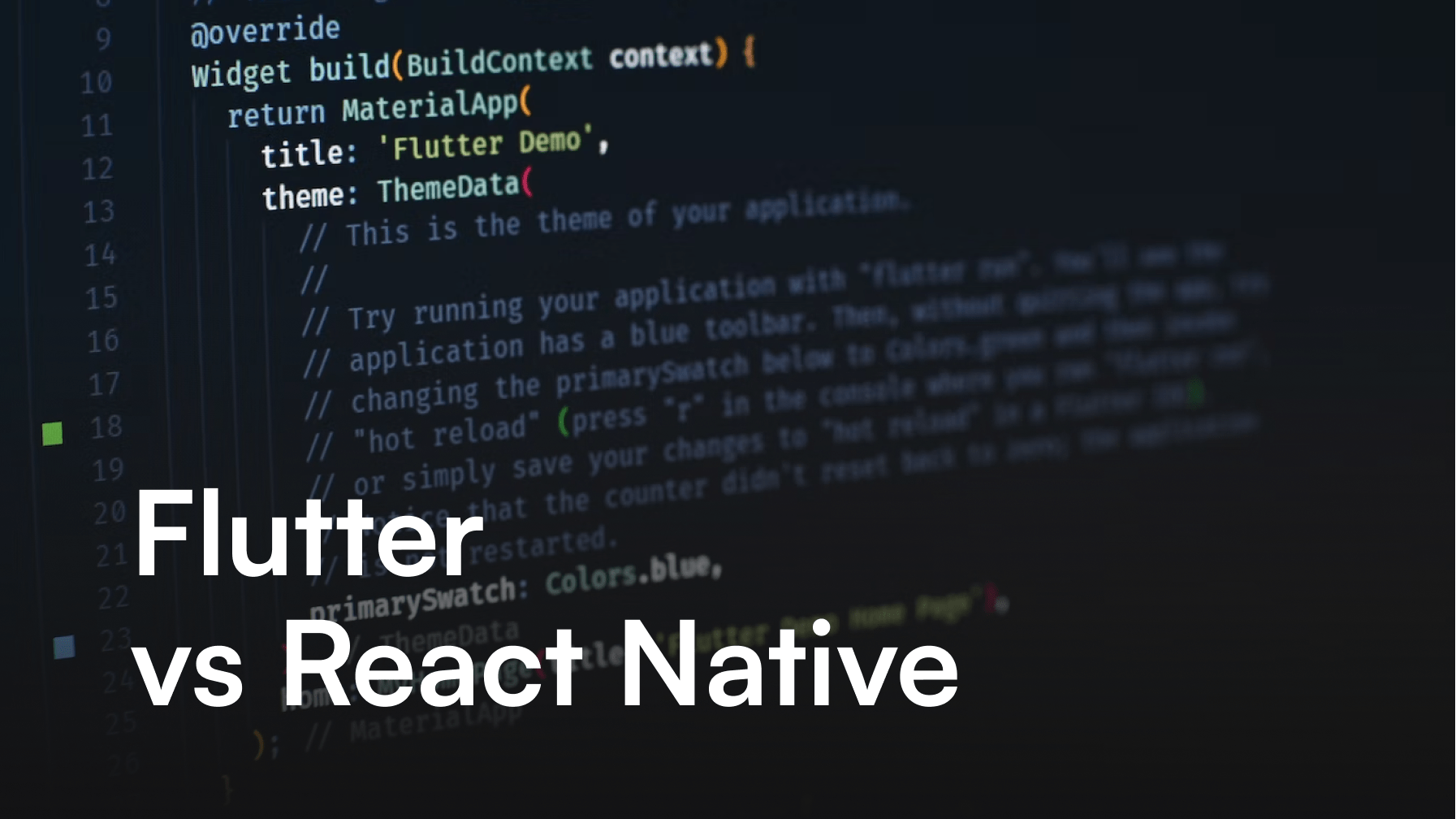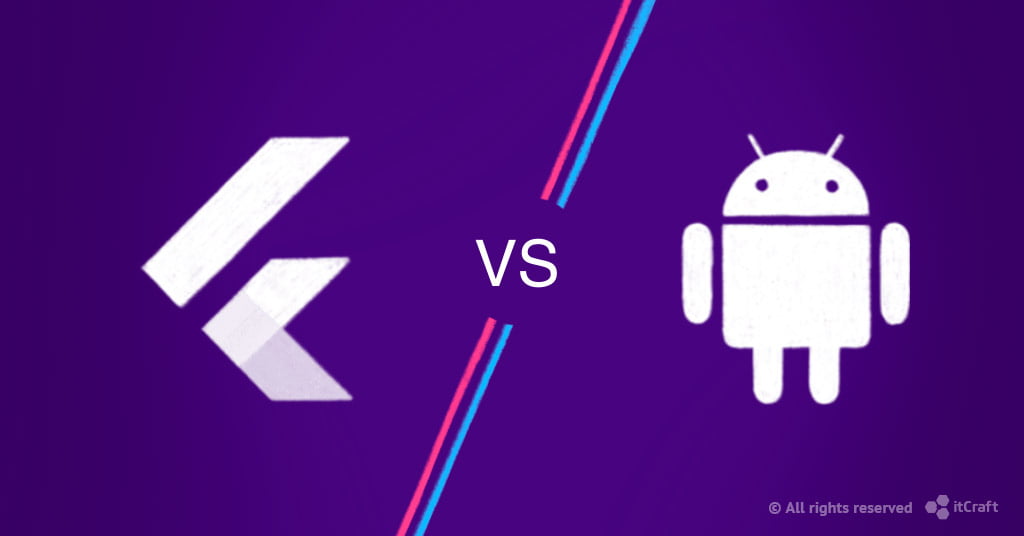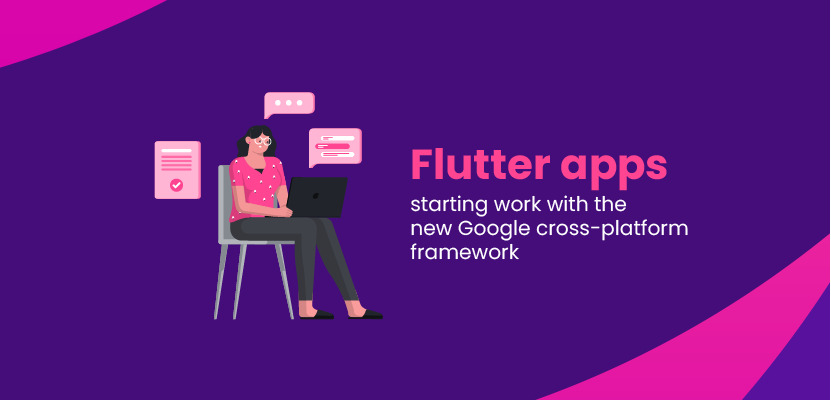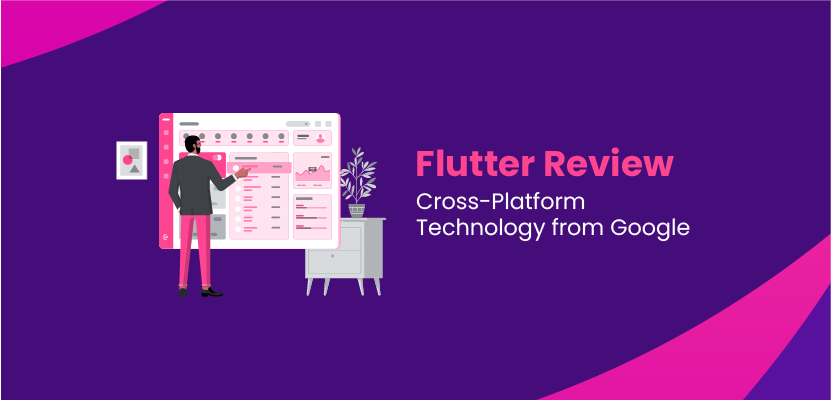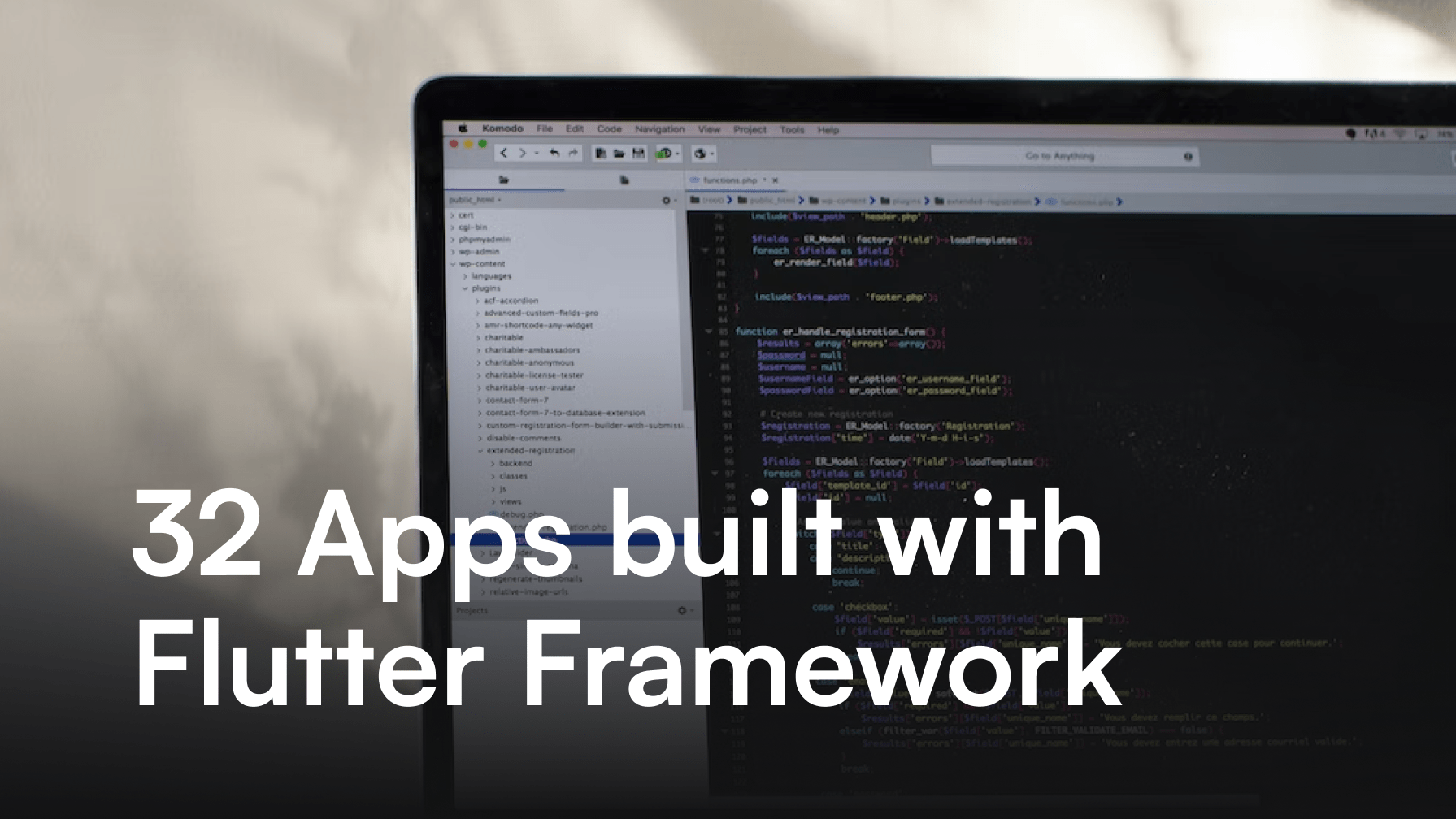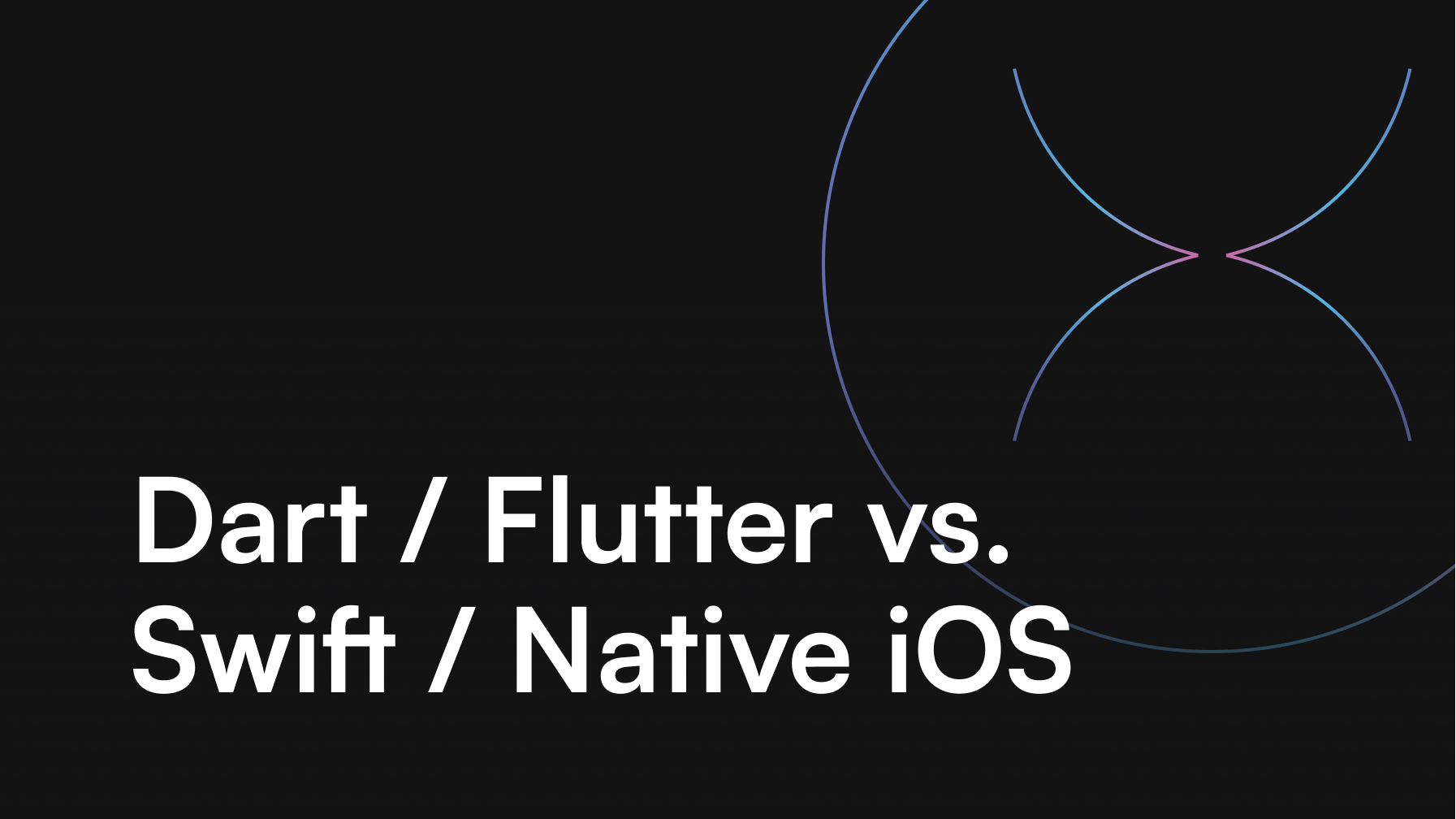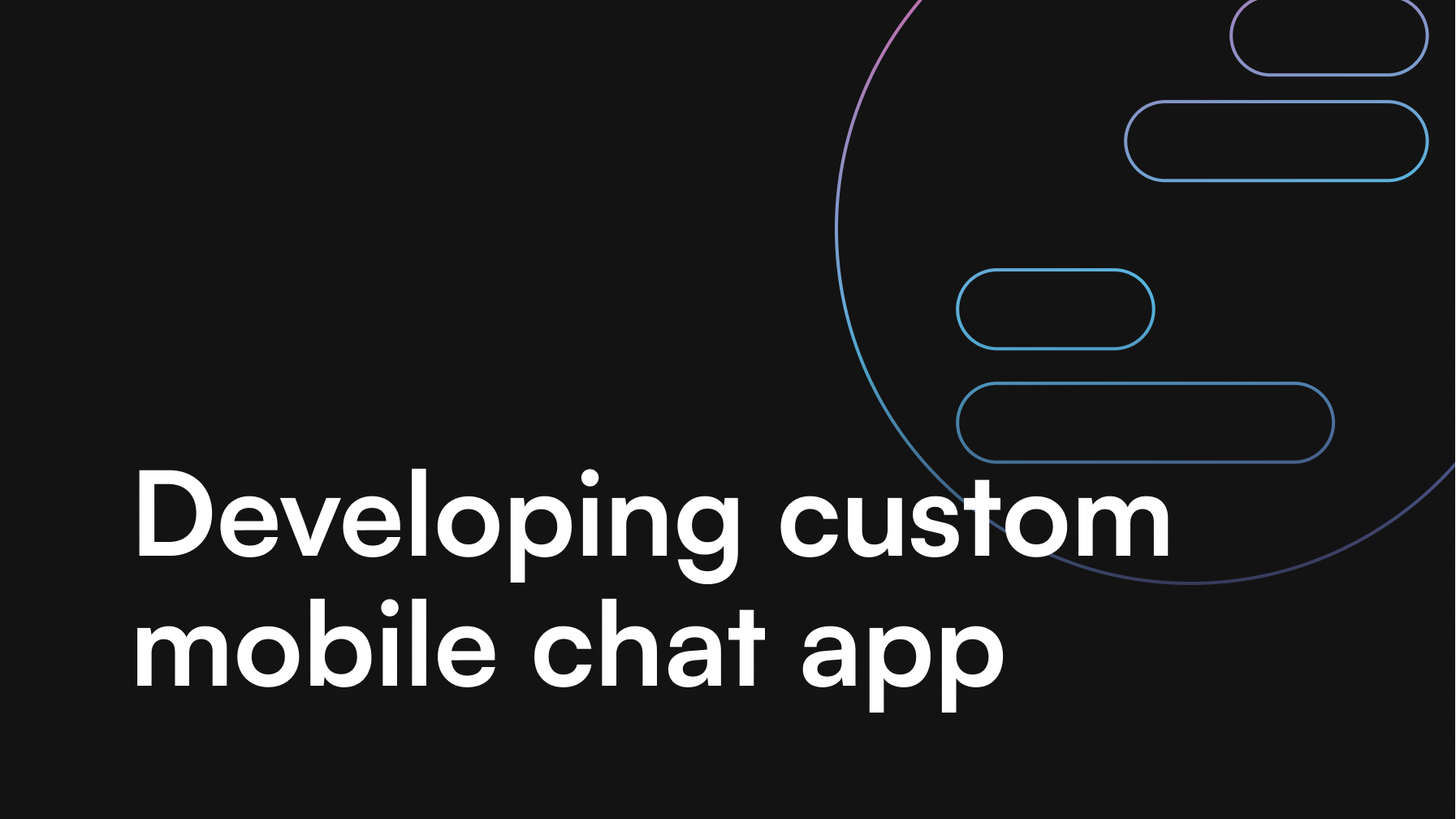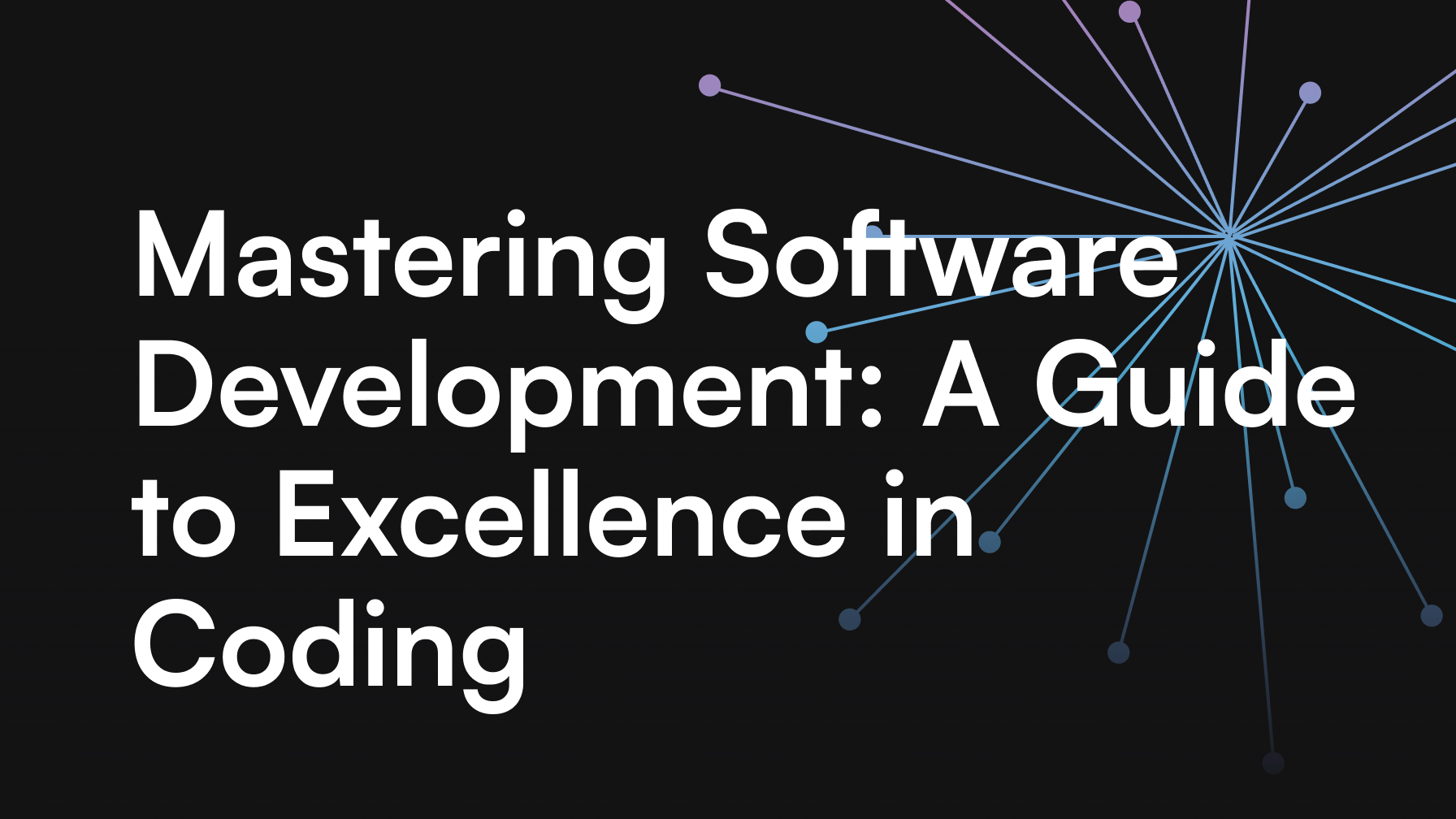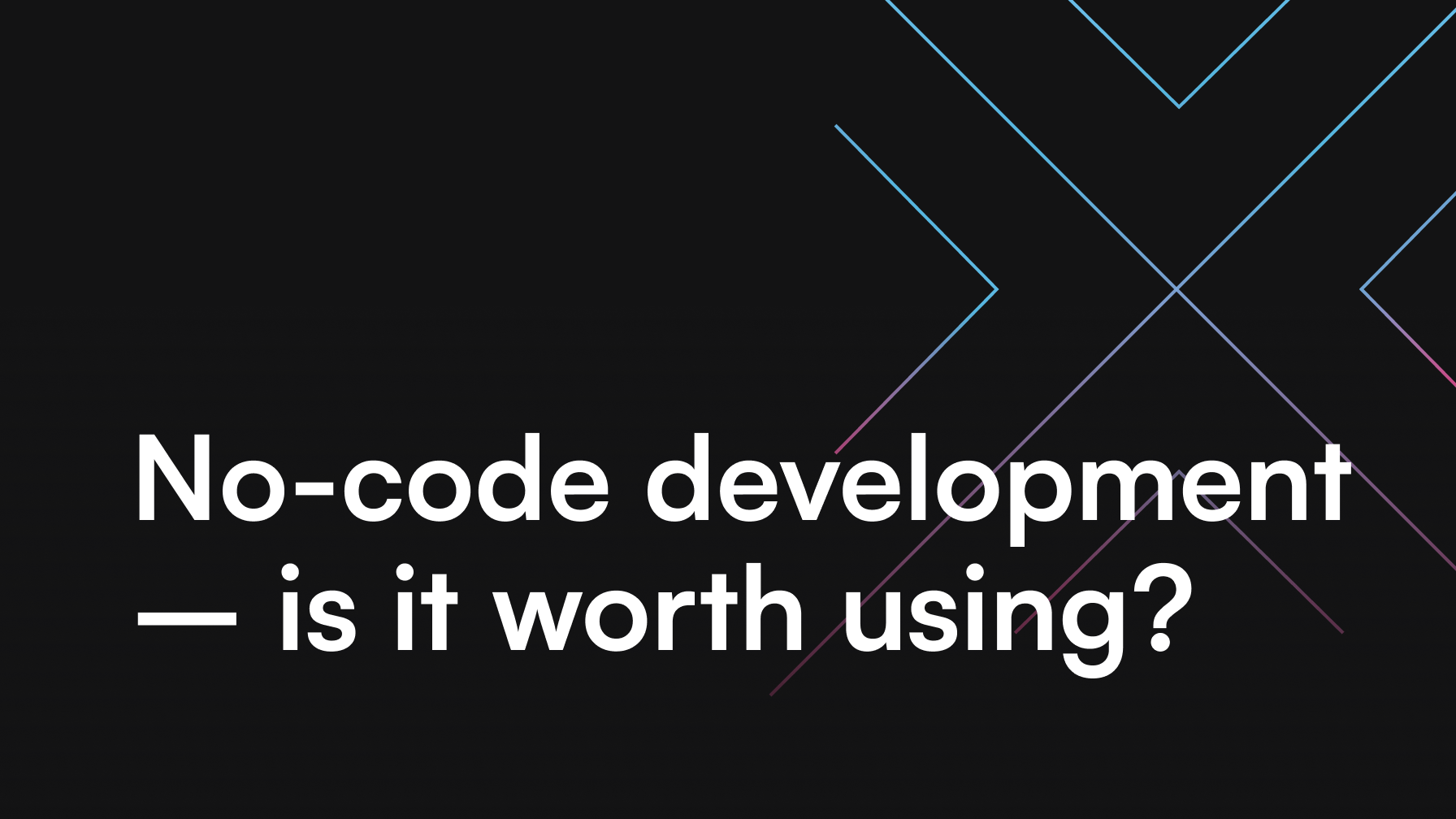Flutter app development in 2021
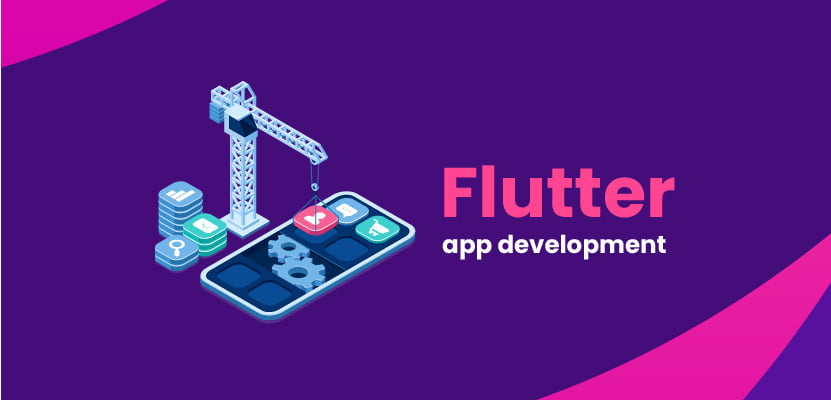
Flutter is one of our favorite cross-platform frameworks. It is excellent for mobile app development and provides benefits for programmers and product owners alike. This open-source technology offers high performance and useful features, like a hot reload function. No wonder we have so many blog articles about Flutter.
Table of contents
- Flutter – what is it?
- Mobile app development using Flutter – how to start?
- Does Flutter have any competition?
- What is this cross-platform development all about?
- Community is everything
- Picking Flutter for mobile app project
- Is Flutter suitable for app development?
- Flutter – our main cross-platform framework
It is worth mentioning that Flutter is constantly expanded by its creator – Google. Many big brands and innovative startups trusted their mobile app vendors and decided that Flutter will be their main iOS and Android framework. There are constant discussions about the supposed superiority of either native or cross-platform development. We agree that picking mobile technology can be influenced by many factors – deadlines, project requirements, budget and particular needs of our client.
With our Flutter-dedicated content, you can learn more about its business benefits and technical details. We often get inquiries that express their interest in Flutter, but we don’t always agree it’s the best choice. Our recommendation will still be based on the analysis of the project and business goals.
So what can you find on our blog regarding Flutter mobile app development? Let’s find out!
Flutter – what is it?
The creator of Flutter – Google – wanted to provide a cross-platform technology to simplify the process of development and allow programmers to build Android and iOS apps with a single source code that will still look like native products. But how exactly does Flutter work?
First of all, it is based on an object-oriented programming language called Dart. The visual side of mobile apps is done using Material Design and changes are introduced with a hot reload feature that allows developers to see modifications within seconds. Creating something similar to a native app that will work on multiple operating systems is the goal of cross-platform technologies, including Flutter. With this framework, it’s seamless and the results look and feel fantastic.
At itCraft, we create Flutter apps for our clients that want to accelerate the app development process but don’t want to sacrifice quality. They are among many businesses that also use Flutter – including Google itself, Groupon, Alibaba Group, eBay, Philips and more. Check out our article about apps built with Flutter to find out who else decided to pick this cross-platform technology for their mobile app project.
Flutter News
To be up-to-date with Flutter, we provide a couple of sources you should check out. There are several places to visit if you are a developer that wants to know more about cross-platform app development. Others are more business-oriented and can guide startup owners and entrepreneurs when picking technologies and frameworks.
The official Flutter website is a great place to start. You will find information about updates and useful articles there. It’s mostly dedicated to Flutter developers who want to learn more about it or look for solutions to problems they have while coding.
Medium can also be helpful when looking for Flutter-related content. Many programmers share their knowledge on this platform. You will find insightful articles about mobile app development using Flutter – for example, this one about building performant Flutter widgets.
And, of course, there is our blog, where we regularly post articles dedicated to Flutter apps and development. We started with Flutter Review, written by one of our Android developers. That was almost two years ago and since then, many things have changed when it comes to mobile & web development. We are constantly observing IT trends to make sure we build modern solutions.
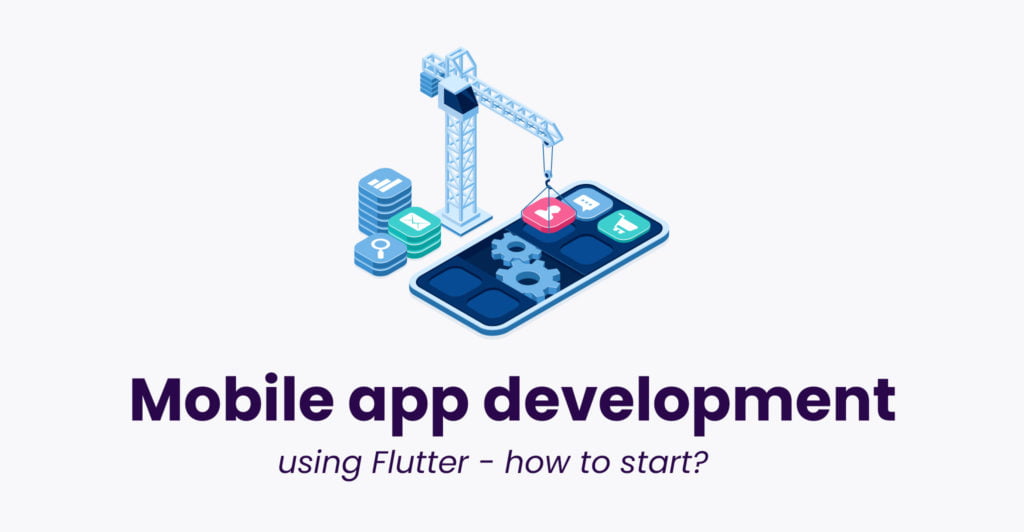
Mobile app development using Flutter – how to start?
As a framework made by Google, Flutter offers an intuitive, simple method to start Android and iOS development. We explain it in our step-by-step guide: Flutter apps – starting work with the new Google cross-platform framework. Written by one of our iOS experts, it is a complete manual that will help every dev set up the project and create a consistent, working code.
Because Flutter is a cross-platform technology, we often compare it with native languages for iOS and Android. We want to showcase all the differences – for programmers and product owners. A native app might seem like a better choice most times, but it doesn’t have to be this way. An experienced Flutter team can build a mobile app that will resemble a native solution with high performance and excellent design.
And who can be better at comparing native and cross-platform technologies than experienced Android and iOS developers? Our Flutter specialists usually coded native apps in the past. Now they also write comparison articles for our blog – where they discuss the differences between Flutter and languages like Swift or Kotlin.
Building mobile UIs – Flutter vs native Android SDK. Language and tech stack applicability and comparison – Here’s a post where our seasoned Android dev explains how Flutter and native Android development look like. He is considering all the aspects of mobile app creation in order to find out when picking one or another makes more sense.
Dart / Flutter vs Swift / Native iOS – which one is better? – A similar approach, but this time it’s all about iOS. We analyze several factors to determine if it’s better to build iOS apps using Flutter or native iOS language Swift. Can a single codebase be an advantage when creating an app for only one system? Find out in this article.
Does Flutter have any competition?
There are various open-source frameworks that allow programmers to code mobile apps for many operating systems. Flutter has a strong position on the market, but it’s relatively young compared to its biggest challenger – React Native. Facebook’s cross-platform solution is appreciated because it is based on one of the most popular programming languages – JavaScript. It is more established than Flutter, has a bigger community and is easier to learn. React Native also uses hot reload functionality like Flutter. Still, it is definitely not flawless.
In our article, Flutter vs React Native – cross-platform frameworks comparison, we take both technologies and many different factors that are important for iOS and Android app development and try to determine which one is better. The answer is not crystal clear, which is usual when analyzing two frameworks, but we discuss all pros and cons to give you an idea of what you can expect from both.
Besides React Native and Flutter – unquestioned market leaders when it comes to single codebase development – there are other technologies that can be used for this purpose. One of them being Xamarin, created by Microsoft. We don’t use it at itCraft as we prefer Flutter and RN for their robustness, but it’s still an alternative worth knowing about.
What is this cross-platform development all about?
Why writing one code for iOS and Android became so popular? Because it can save a lot of time and be slightly cheaper than creating a separate native app for each system. Flutter apps can resemble native mobile apps but are less problematic when introducing updates and fixes – thanks to shared code and hot reload feature. But we understand you might still not be sure about cross-platform development. No worries, we have tons of content that explain all the secrets of this method, including cases when using it can be beneficial.
First of all, we would recommend an article that explains the most popular types of development – not only cross-platform and native but also hybrid and PWA. This one article will give you a general overview of the options you can get when building an app. Examples and cases of use included!
Introduction to cross-platform app development is a guidebook for people interested in iOS and Android multi-platform development that want to know all the basics. We explain how it works and compare three leading technologies – Flutter, React Native and Xamarin. It is a great place to start if you don’t know the benefits of this type of mobile development.
Besides writing blog posts, we also host webinars and create ebooks. They are full of useful knowledge and expand on the topics that are too broad to discuss in an article or a series of articles. We did a couple of pieces where we talk about cross-platform development and Flutter, so you should check them out as well.
13 Things You Should Know About Cross-Platform Development – Here, we condensed many facts from a webinar with the same title – and added a little bit more to it. Our CEO and experienced Android developer answered the most critical questions regarding mobile apps for multiple platforms. It’s a detailed article that will address all your doubts when it comes to Flutter, other technologies and cross-platform in general.
Last but not least, there’s a cross-platform vs. native mobile development ebook. A comprehensive piece of content where you will find all crucial information, many examples, case studies from our real clients and everything you need to start your next mobile app project. We don’t take sides – instead of telling which technology is better, we underline situations when picking one or another makes more sense. Of course, we also talk about Flutter and other frameworks to show you why we use them and how they can benefit your app project.
Community is everything
If you want to learn even more about Flutter, reaching out to its community is not a bad idea. It is an appreciated technology and the number of supporters is multiplying since its release in 2017. They express their opinions about Flutter, present how to fix specific issues and share their code to help fellow devs build even better Flutter apps.
As we mentioned above, Medium is an excellent place for people interested in IT subjects. They bring together passionate enthusiasts that create articles about their favorite topics. Flutter community is quite vital there. Hundreds of articles dedicated to different aspects of Flutter – like iOS and Android development, design and even desktop development – cover everything that a Flutter programmer might be looking for.
Then, there’s GitHub – a place where all developers gather, share their code and help each other. And when it comes to Flutter, you can find tons of content on the GitHub page dedicated to this framework. Articles, video tutorials, templates, plugins, books and even job announcements. There are lists of blogs and websites devoted to Flutter, components used for UI design and instructions for beginners and advanced programmers. GitHub is a place to be for every Flutter team that needs to learn more or wants to fix a problem with their code.
It’s All Widgets is a website to visit if you wonder which companies use Flutter for their mobile app development needs. It’s a massive list of software products, including web apps – yes, you are not reading wrong. Flutter can also be used for web development, although this feature is still in the initial phase. This online community can be quite inspiring – because you will find small startups and more prominent companies there. It’s full of great ideas like simple games, life-organization apps and other useful solutions.
And if you are looking for Flutter widgets and tools, the biggest library can be found at Flutter Awesome. Components are sorted by categories and app types to help you quickly find what you are looking for.
As you can see, there are plenty of sources for Flutter devs and fans. They provide knowledge and help people fix major issues.
Picking Flutter for mobile app project
Cross-platform development might seem like an option for companies with limited budget or app projects with short deadlines. But that’s not entirely true. Many established corporations and big, international brands decided to use Flutter as their primary framework. Their stories might inspire you and be proof that quality can be delivered no matter what technology is used. All you need is a skilled team of developers.
In our article about popular Flutter apps, we discuss companies that decided to trust Flutter. You probably know at least some of them. If you wonder why brands like Google, Philips, eBay, or Alibaba picked an open-source tool to build their mobile apps – these examples will explain that.
Of course, the author of Flutter is using it in several of their products, like Stadia, Google Ads and Google Assistant. They did not only create a leading cross-platform technology. Using it for their app projects proofs that Google is confident about its benefits and capabilities.
Another example of using Flutter by an established brand is eBay Motors – an app that allows eBay users to buy and sell vehicles. They described the whole process of browsing for the right technology and building an app with Flutter in their blog post. One of the main advantages they appreciate is a significantly small amount of platform-specific code – only 1.7%. For Android, it’s 0.3% and for iOS – 0.2%. That’s an impressive result that allowed eBay to speed up the development process.
Alibaba, one of the prominent Chinese e-commerce corporations, is regularly publishing articles about Flutter. They describe how their Flutter team is utilizing it to build mobile apps. They also made a YouTube video about one of their products – the Xianyu app. You will find the description of the whole process in it.
A story worth mentioning is one of the Reflectly app. You can find their blog post about React Native to Flutter migration on Medium. They started to use Flutter at the very beginning when it was still in alpha state. Despite that, they liked the possibilities it offered and decided to give it a chance. The results were more than satisfactory and the reviews were highly positive.
Small and big companies alike build their mobile apps with Flutter. Sharing the code between Android and iOS, native-like UI design and excellent performance are the advantages that can be used to provide an even better product to their customers. And every business owner wants to give their audience the value they expect.
Is Flutter suitable for app development?
Besides the main benefits of Flutter apps, there are less apparent factors we should mention. Of course, a single base of code for Android, iOS and other platforms, hot reloads that enable quick updates and excellent UI design thanks to widgets, are crucial to building successful, robust applications. But we want to discuss aspects that are often overlooked in articles about Flutter.
Let’s start with Minimum Viable Products (MVP). Flutter is definitely perfect if we want to build an initial version of our app quickly. First of all, it’s cheaper because we can test the Android and iOS versions at the same time thanks to shared code. That also means we don’t need a big team for our MVP – sometimes even one developer is enough. Minimum Viable Product is a great tool for testing the app concept before it is developed further.
If you want to learn more about MVP and its business value – check out our article: MVP app development – Lean and agile way to develop anything. All the details about Minimum Viable Product like purpose, development process and outcome are here.
Flutter is also considered a perfect match with Agile and Scrum – primary project management methodologies used in software houses for app projects. The features offered by Flutter mean that it is compatible with workflows based on values presented by Agile. Basically, it means that Flutter is excellent for productivity, rapid app development, and delivery of fantastic results when it comes to visuals and performance. To build an app with Flutter, you need just one developer team, which eliminates delays between two squads working separately on native software for Android and iOS. It is easier to manage tasks for only one team and everyone knows exactly what their role is.
Check out our article about Agile software development to find out why we use this methodology, what kind of benefits it offers and why product owners appreciate it so much. In another blog post, we also analyze the Agile Manifesto and its 12 principles to give you a better understanding of its main rules and assumptions.
FAQ about Flutter
Flutter is a cross-platform framework released by Google in 2017. Basically, it’s a technology that allows developers to build apps for multiple platforms using a single codebase. What makes Flutter unique is its ability to create products that look and feel native-like. It offers excellent UIs, fast performance and many useful features that make development quick without giving up the quality.
Since the release of Flutter 2 in March 2021, the framework became a truly versatile tool for building mobile, web, and desktop apps. It is mainly used for cross-platform development for iOS and Android, but soon it will probably conquer other platforms as well. Also, it can be used to update your existing native apps.
Flutter is an open-source toolkit that is based on an entirely new programming language called Dart. It utilizes widgets that are used to render the user interface layer of the app. It’s a modern technology that gives developers complete control of the system and makes coding productive. One of the main advantages praised by programmers and testers is the hot reload feature, which allows everyone to see introduced changes within seconds.
Many factors influence the price of your digital product, so we can’t give one estimation for them all. What’s great about Flutter, though, is the fact that it lowers the cost of development. That’s because you only need one team to build an app for multiple platforms. Check out our Pricing tab to learn more about the cost of different software solutions, or reach out to discuss your project idea and get an initial estimation.
If you need a proof of concept or an MVP, Flutter can be a perfect technology for that. It speeds up the development and can be used to validate the app on all systems. Moreover, cross-platform apps are becoming more popular because they offer native-like quality but cost a little bit less. If your project does not require very advanced functionalities, Flutter can be an excellent choice.
Flutter – our main cross-platform framework
At itCraft, we appreciate Flutter very much. It is our central technology when building multi-platform applications for Android & iOS. We like it for many reasons – beautiful but straightforward UI design with widgets, relatively easy learning curve, quick compilation and thorough documentation. We think it’s an efficient framework for startups that care about short time-to-market and for established enterprises that need something more advanced but want to reasonably spend their budget. Of course, Flutter has its disadvantages, but still, it’s one of the leading app development technologies that is very much loved by the IT industry.
If you check out our Services page where we talk about Flutter app development, you will find answers for most burning questions. We present our process there, with all the technical and business aspects – like hiring Flutter developers, quality assurance with testing, UX and UI design and more.
Some people claim that it is 50% cheaper to build a Flutter app than the native software. But it is not true. We explain it in the FAQ section:
“Although you may be able to save 50% in your front-end development costs, you still need to take the rest of the team into account – PMs, QA engineers, UX designers and backend developers.”
Remember that having one codebase for your iOS and Android applications don’t mean you will pay half the price. We explain that on our blog and in the Pricing tab on our website. Various factors always influence the cost of app development. This article: How Much Does it Cost to Build An App in 2021? will present factual information that will help you understand how project requirements can change the final budget you might need.
Now you know everything you need about Flutter and the business side of app development. Picking the right language and framework is one thing, but other factors you should consider are often more essential. If you collaborate with an experienced software house that has a team of specialists on board, you don’t have to worry. At itCraft, we will always recommend the right technology to suit your project and provide spectacular results.

